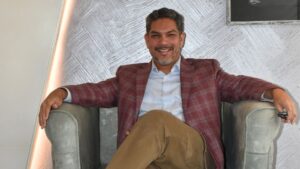
To enhance its status as a foreign direct investment hub, the governing body of the Korean Export Processing Zone (KEPZ) has announced plans to fast-track land registration and simplify its bond licensing procedures. The decision was made during a meeting convened by Chief Adviser Professor Muhammad Yunus at his office in Tejgaon, Dhaka, marking the first meeting of the KEPZ governing body presided over by the head of state in nine years.
The meeting addressed several critical issues, including land rights, ports and customs, labour laws and mechanisms for investor support. Executive decisions were made to expedite the remaining land handover to KEPZ, implement the authorised economic operator model, ease bond licensing procedures and initiate discussions on labor laws.
In a move to decentralise authority and streamline services, KEPZ will be transferred out of the Chief Adviser’s Office’s direct administration to the Bangladesh Economic Zones Authority (BEZA). These steps aim to signal to the global investment community that Bangladesh is ready for business.
Chowdhury Ashik Mahmud Bin Harun, executive chairman of the Bangladesh Investment Development Authority (BIDA) and BEZA, emphasised the importance of supporting existing investors, noting, “We must support our existing investors to make them our ambassadors.” He mentioned the establishment of a dedicated SWAT team within BIDA to identify and resolve key challenges in KEPZ, highlighting the Government’s commitment to efficient execution.
Lutfey Siddiqi, the chief adviser’s special envoy for international affairs, remarked, “Today’s result illustrates a new style of Government that operates with clear intent and focused execution.” He expressed optimism that a cycle of feedback and responsive reforms would soon address many grievances regarding the investment climate.
KEPZ, primarily operated by Youngone Corporation, a leading clothing manufacturer, currently employs over 34,000 Bangladeshis across 48 state-of-the-art industrial units. Notably, 52 per cent of the 2,500-acre area remains designated as green space, emphasising the zone’s commitment to sustainability amid industrial development.






